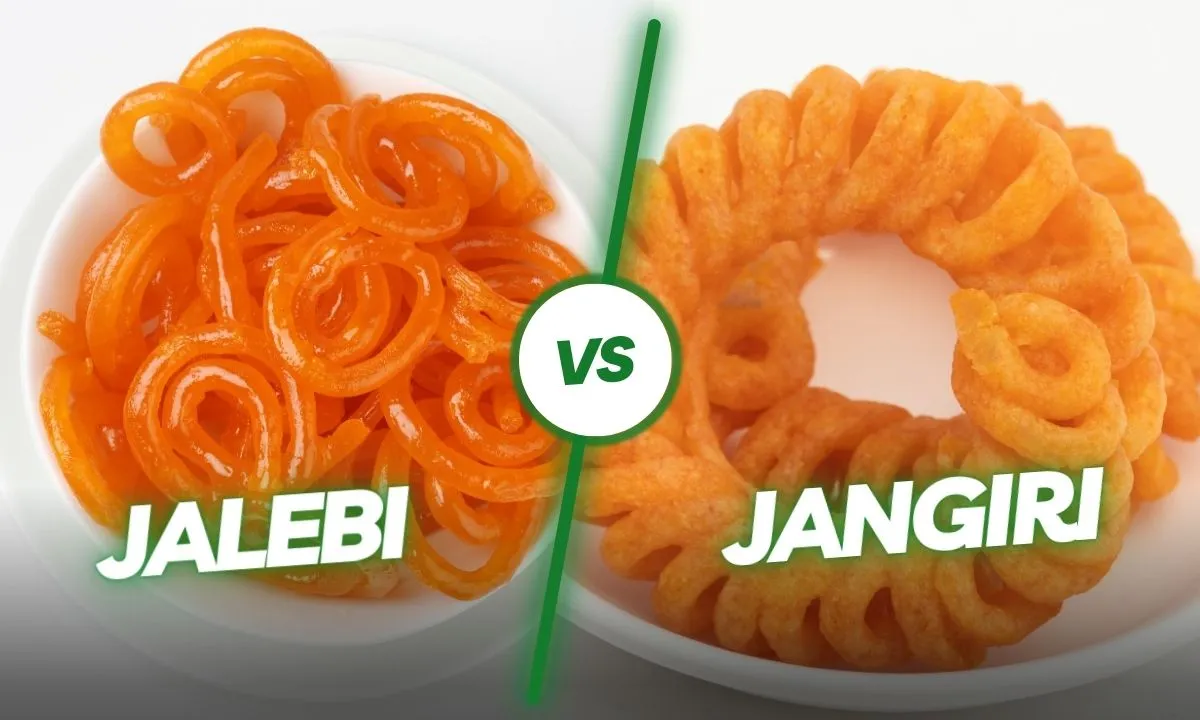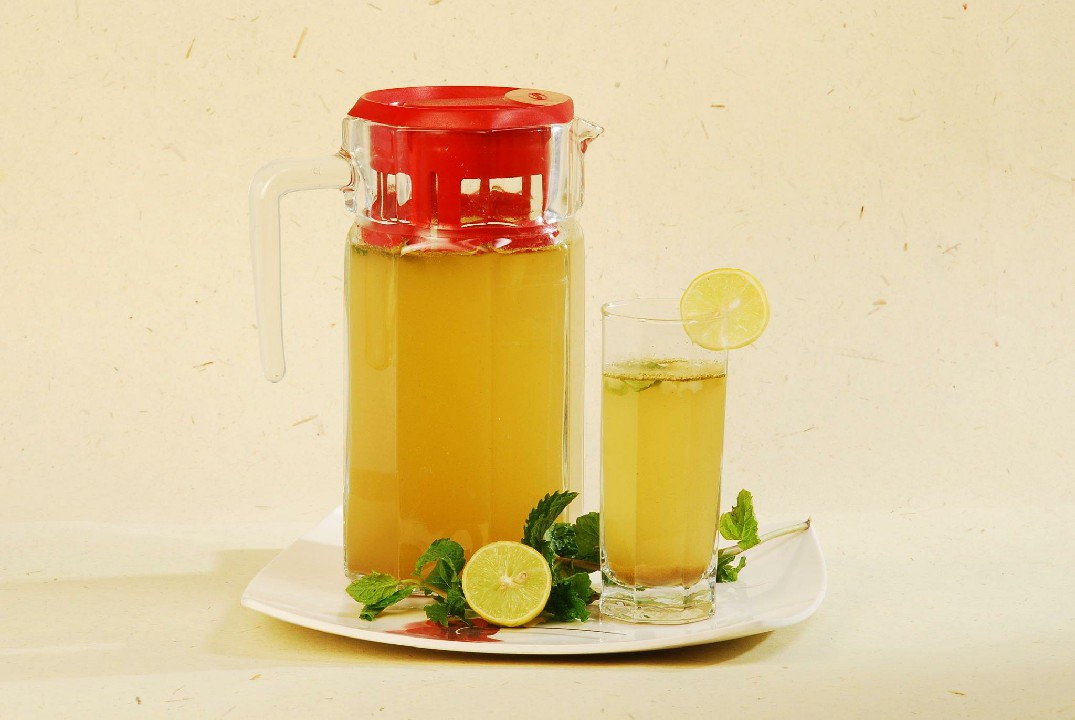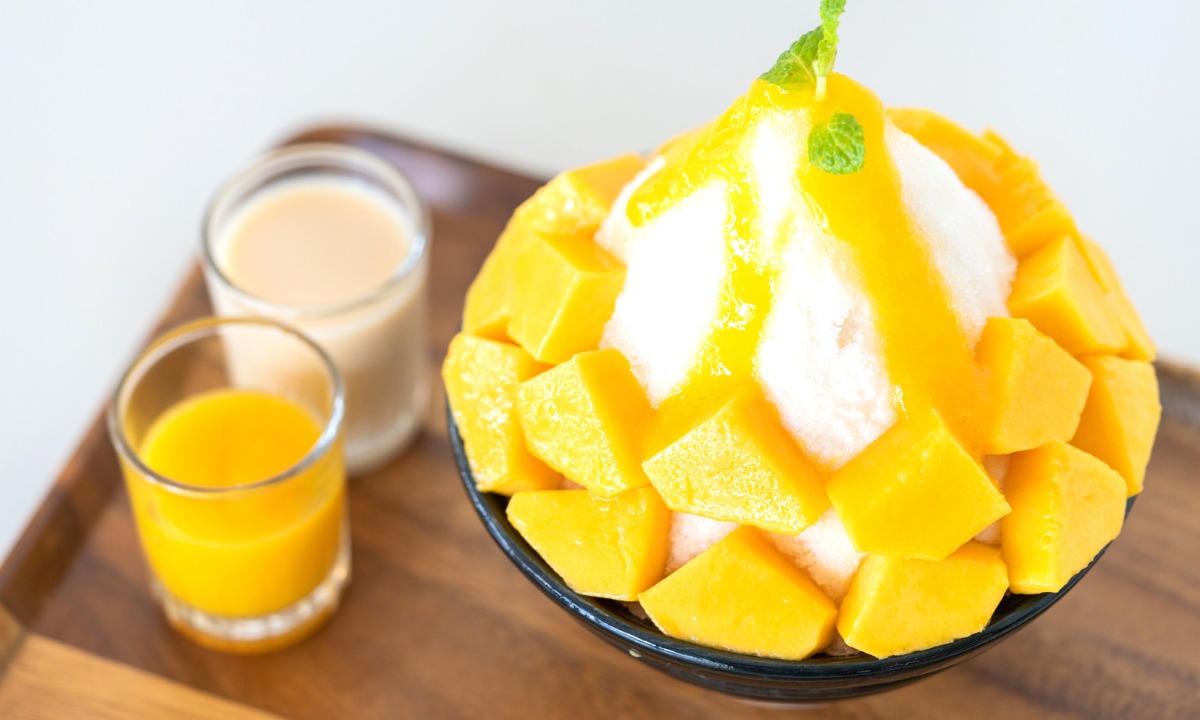
Table of Contents
Are you someone who enjoys eating dumplings? There are dumplings like shumai, and gyoza people like the most as they are tasty and delicious. But, do you know the difference between these two? If not, this article has got you covered for a complete assessment of Shumai vs Gyoza.
Shumai and gyoza happen to be the two two popular Asian dumplings. People enjoy them without knowing how they are different, but you need to know this so that you can make the right selection. Shumai and gyoza can be different depending on their origin, taste, appearance, and cooking methods.
Having originated in the Guangdong of China, shumai has a cylindrical shape, while Gyoza originated in Japan, having an appearance that looks like a half-moon. In this article, we’re going to assess Shumai vs Gyoza and let you know how they’re different from each other.
Let’s dig deeper!
What Is Shumai?
Also spelled siu mai, shumai happens to be a kind of Chinese dumpling which is a well-known dim sum meal. It’s a steamed dumpling stuffed with minced pork or prawns and is served as a side dish or snack. The Chinese versions of shumai contain vegetables as well.
Shumai is basically from China, you should know that there’s a Japanese version of it, too that became popular across Japan back in the year 1930s. As far as difference is concerned, Japanese shumai is a bit different from Chinese shumai–as it’s simpler in terms of filling.
What Is Gyoza?
Stuffed with ground meat and vegetables, gyoza is the name of Japanese dumplings. There’s a very interesting story behind the Japanese gyoza. The gyoza dumplings were inspired by Chinese potstickers.
At the very time of the Second World War, soldiers from Japan ate Chinese potstickers in Northern China. After getting back home, when the war was over, the soldiers recreated Chinese potstickers, eventually dumplings that are now popularly known as gyoza.
Are Shumai and Dumpling the Same?
When it comes to the difference between gyoza and dumplings, you should know that gyoza falls under the category of dumplings but there’s a difference. All gyoza can be considered dumplings, but not all dumplings can be gyoza.
The second difference is that dumplings have been in existence for centuries, whereas gyoza is a relatively new dish that has been in existence for less than a century. Besides, the wrapper utilized to make gyoza is thinner as well and the ingredients are also way more finely chopped.
Furthermore, the preparation method for gyoza is pan-frying to give them a crispy texture, while dumplings, in general, get steamed.
What’s The Difference Between Shumai and Gyoza Dumplings?
Now that we’ve become aware of the basics of shumai and gyoza, let’s come to have a look at the key differentiators differentiating these two on different parameters. Both of the two have several similarities like both are made with the same sort of wrapper and equal ingredients are utilized to prepare these dumplings, and the like. So let’s explore!
Origin of Shumai & Gyoza
Shumai has become immensely popular in Japan since the early 20th century, however, the truth is that it originated in the Guangdong province of China. Shumai tends to be translated as cook (shao) and sell (mai). The very fact that Shumai has been a kind of street food, made and eaten by people on the go.
Gyoza, on the other hand, is a kind of Japanese variety of dumplings, and this is one of the key differences between gyoza and shumai.
Ingredients In Gyoza and Shumai
Another difference is the ingredients used to prepare gyoza and shumai. Yes, both of these dumplings are made of thin wheat flour wrappers, but they are different when ingredients are concerned. The ingredients used to make their fillings are different.
The filling used for gyoza, in general, is minced pork and vegetables, like cabbage, spring onion, ginger, and the like. Apart from these, meats, for example, chicken or minced beef can also be utilized to prepare the filling for gyoza.
Similar to gyoza, pork is also a common ingredient for shumai, however, the difference is that the filling for shumai is most commonly a blend of minced pork prawns whereas gyoza is made only using minced pork.
The appearance of Shumai vs Gyoza
Gyoza dumplings come in a half-moon shape. They need to be pressed on the edges in order to secure the filling inside the wrapper. These dumplings tend to sit flat, making it convenient to be pan-fried.
On the other hand, shumai dumplings happen to have a cylindrical shape resembling a basket. The open tops make the very dumpling easily detectable. You need no effort when it comes to seeing the fillings inside shumai dumplings.
Flavor of Gyoza and Shumai
The flavor of both gyoza and shumai is more likely to vary immensely depending on the ingredients used to prepare them. Both kinds of dumplings come in a savory flavor made by soy sauce that tends to always accompany them.
When it comes to the flavor notes especially for shumai, it comes from ginger and scallions. They’re staple ingredients utilized to make these dumplings. In shumai dumplings, shiitake mushrooms play a vital role in increasing the flavors to a massive extent.
Texture of Gyoza and Shumai
Japanese gyoza tend to have an unmatched texture. First off, it’s pan-fried, then cooked using a bit of water. That’s the reason, gyoza is crispy from the outside, whereas appropriately tender from the inside. Besides, the deep-fried gyoza has more crunch and is less juicy.
In case you prefer a more delicate texture, you should opt to try boiled gyoza. Boiling gyoza in water or broth can easily make it chewy and very tender. As shumai doesn’t get fried and only steamed on a bamboo steamer, it’s more likely to lack the crunch that the wrapper gyoza has.
Cooking Method of Shumai and Gyoza
The cooking method is one of the key differences between shumai and gyoza. Shumai tends to be steamed on a bamboo steamer whereas gyoza is first pan-fried to get a crispy texture.
Unlike shumai dumplings, you can make use of other cooking methods as well for gyoza, for instance, boiling, steaming, and deep-frying.
Nutrition Facts About Gyoza and Shumai
The nutritional value of gyoza and shumai depends on the ingredients used to prepare them, as well as the cooking method. For instance, fried gyoza contains more fat and calories compared to that of steamed gyoza.
Shumai and gyoza are different in terms of calories contained, however, the two dumplings are similar when it comes to sodium, fat, and cholesterol content. Because of the cabbage it contains, there’s a major difference between these two dumplings in terms of vitamins and minerals.
Conclusion
That’s all there’s to it! Yes, we compared Shumai vs Gyoza on the different parameters and tried to differentiate them depending on these. Hopefully, you’ve got all the answers to your questions.



